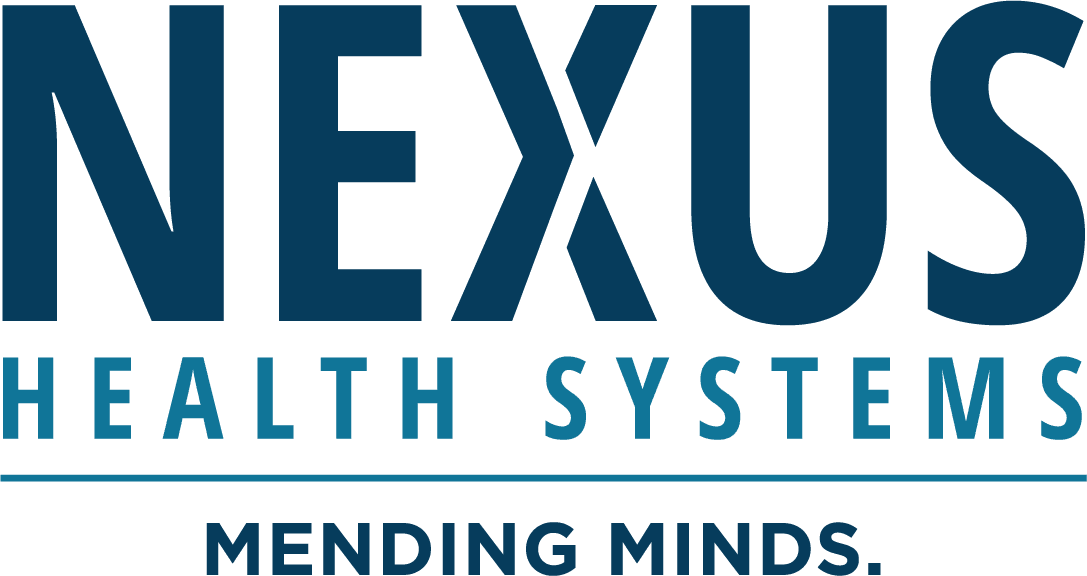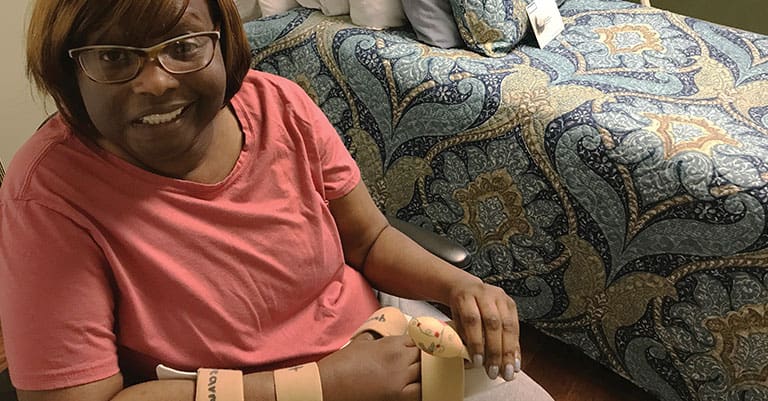According to the American Stroke Association, stroke is one of the leading causes of disability in the United States. While about 10% of stroke survivors recover almost completely, more than 65% of stroke patients live with minor to severe impairments that affect them for the rest of their lives. While it is always important to establish a supportive care system for ongoing rehabilitation, many stroke survivors lead full, meaningful lives at home with some positive, personalized changes to their daily routines.
What Is a Stroke?
A stroke occurs when a blood vessel that carries oxygen and nutrients to the brain is either blocked by a clot or ruptures. When that happens, brain cells are damaged or destroyed due to a lack of blood and oxygen reaching the brain.
The long-term effects of a stroke depend primarily on the location of the obstruction within the brain and the extent of the damage to brain tissue. If a stroke occurs, and blood and oxygen can’t reach the region of the brain that controls a particular movement or behavior, the victim may suffer alterations and inhibitions in their daily function such as physical impairments, emotional distress, or changes in their behavioral tendencies.
Effects on the Body and Senses
Physical effects of a stroke can range from things like slow movement and difficulty swallowing, to vision inhibitions and full or partial paralysis. If the stroke occurs in the left side of the brain, it will affect the right side of the body, and if it occurs on the right side of the brain, it will affect the left side of the body. If the stroke occurs in the brain stem, the patient could experience full-body paralysis below the neck or lose their ability to speak.
Physical, occupational, and speech therapies help stroke survivors strengthen and reconnect to their bodies. Patients may need to learn new ways to walk, sound out words, grasp objects, or move while experiencing paralysis or challenges in mobility. A stroke survivor may become sensitive to sound and incoming stimulation and may benefit from decompressing in quiet settings, utilizing earplugs, or listening to audiobooks as workarounds to vision changes or as sound therapy.
Effects on Cognition and Behavior
A stroke victim may also experience speech challenges and difficulty comprehending language (aphasia), memory loss (referred to as vascular dementia), or impulsive or indecisive behavior. The patient may experience difficulty sequencing tasks or making safe or socially appropriate decisions. When auditory overload occurs, the individual may lose their ability to concentrate, they may fidget, or begin repeating tasks without recognition.
Stroke researchers recommend incorporating routines and daily repetition into a patient’s stroke rehabilitation plan. Leaving reminders in easily accessible places, breaking down tasks into simple steps, and checking off items in order on a daily schedule are all ways a stroke survivor can combat memory loss and confusion, and build confidence in regaining their independence.
Emotional Effects of a Stroke
Daily activities also play a critical part in a stroke patient’s emotional wellbeing after a stroke. An individual may struggle with feelings of irritability, carelessness, confusion, anger, anxiety, or depression. Some survivors may feel hopeless about their future and seem not to care about activities that once brought them joy. Establishing a new meaning of life with patients is important in these cases. Rehabilitation should involve them in decision-making about their daily activities to keep them engaged in taking back control of their day.
Other stroke survivors commonly experience neglect, an attentional disorder in which the patient does not pay attention to things on one side of the body, their plate, the page they’re reading in a book, etc. Neglect is not intentional, and can be addressed during rehabilitation by the patient’s caregiver. Individuals can be encouraged to focus on neglected areas and actively draw their attention to their entire environment to attempt to better notice their surroundings and address areas that may be neglected. Journaling is a common therapy activity that helps the patient identify details of their surroundings. Remaining social in daily activities such as group therapy, team sports, exercise activities, and interest groups also encourages patients to be more aware of themselves, others, and what is going on around them.
Stroke Rehabilitation at Nexus Neurorecovery Center
Nexus Neurorecovery Center offers a continuum of care that helps stroke patients participate in a variety of therapies and post-acute rehabilitation programs so they can return to work, school, or home with a renewed sense of purpose.
Visit our website to learn more.

